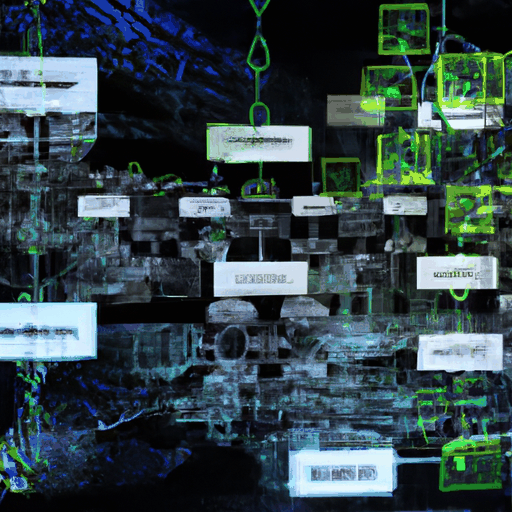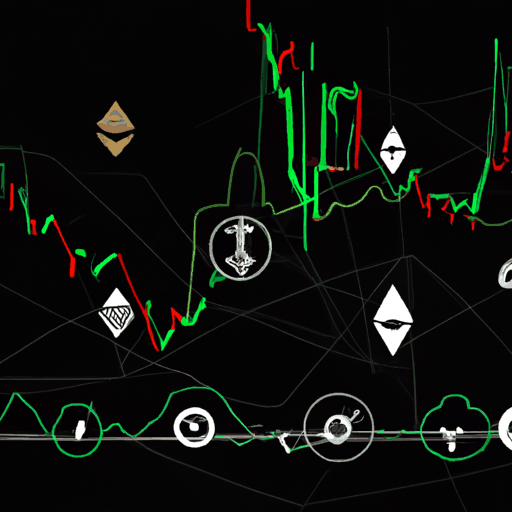
Learn Concept: The Shift From Bitcoin Maximalism to DeFi Interoperability
By: Eva Baxter
The cryptocurrency landscape is undergoing a significant transformation, indicating a move from Bitcoin maximalism towards greater interoperability in decentralized finance (DeFi). Historically, Bitcoin maximalists believed Bitcoin to be the sole legitimate cryptocurrency. This view was entrenched when Bitcoin stood alone as the decentralized standard, fortified by a robust protocol and sound money principles. However, this perspective is becoming outdated as the DeFi landscape expands.
The rapid rise of DeFi and cross-chain technologies has encouraged ecosystems where interconnected networks facilitate seamless interactions across different blockchains. Bitcoin's integration into DeFi spaces as a native asset marks a departure from isolated approaches, challenging the maximalist viewpoint that Bitcoin's separateness is a strength.
This transition highlights a key flaw in maximalist ideology - a refusal to adapt to the evolving crypto environment. Modern crypto users value the convenience and accessibility of diversified services, which DeFi provides through yield farming, decentralized exchanges, and enhanced capital efficiency. Bitcoin's role in DeFi is expanding, demonstrated by substantial amounts locked within DeFi platforms, showcasing its potential through true interoperability.
This shift coincides with a growing convergence of DeFi and traditional finance (TradFi), where collaborations, such as those by JPMorgan and Chainlink, seek to merge conventional payment systems with blockchain technology. This convergence promises enhanced adoption and blurs the lines between TradFi and DeFi, restructuring Bitcoin's role within a unified financial ecosystem.
As the trend progresses, the collaborative nature of blockchain ecosystems becomes more pronounced. Bitcoin's core value as a store of wealth is being complemented by its increasing utility via smart contracts, liquidity pooling, and cross-chain technologies. Maximalists resisting these changes may find themselves left behind as the industry embraces a new standard of interoperability, heralding a new era for Bitcoin in a connected cryptocurrency world.



